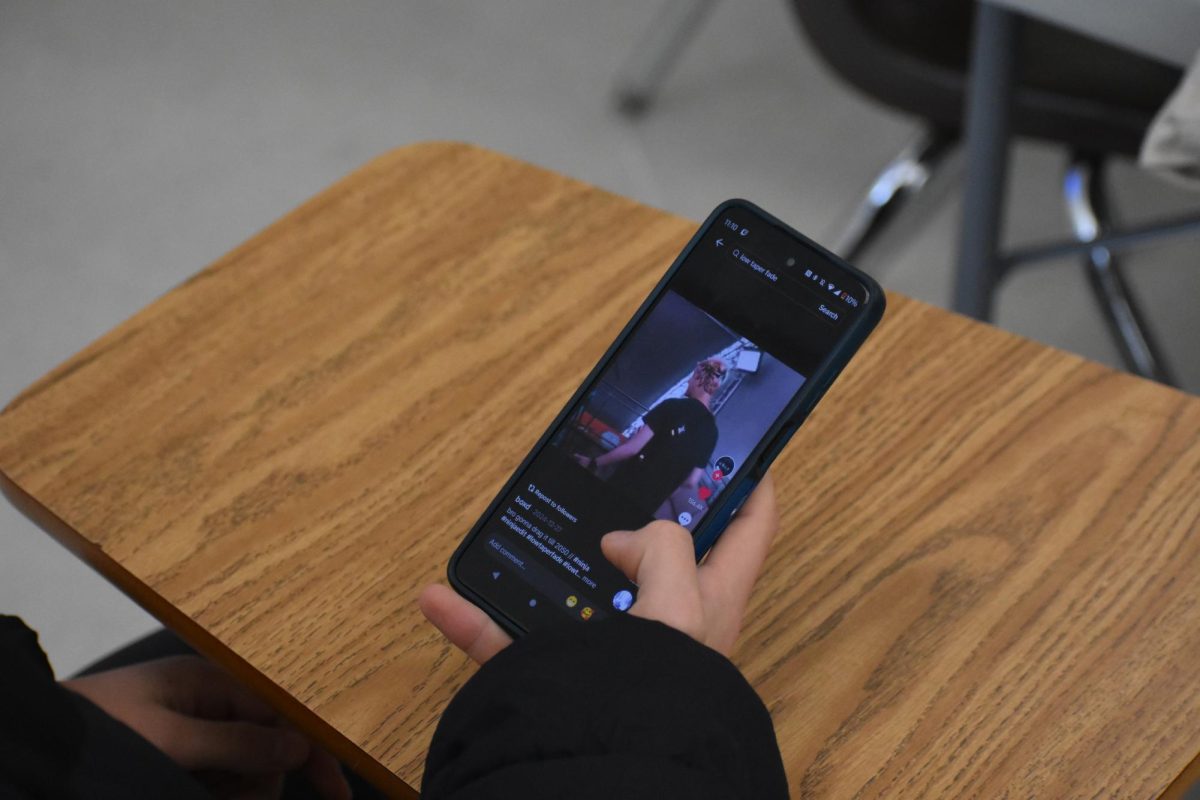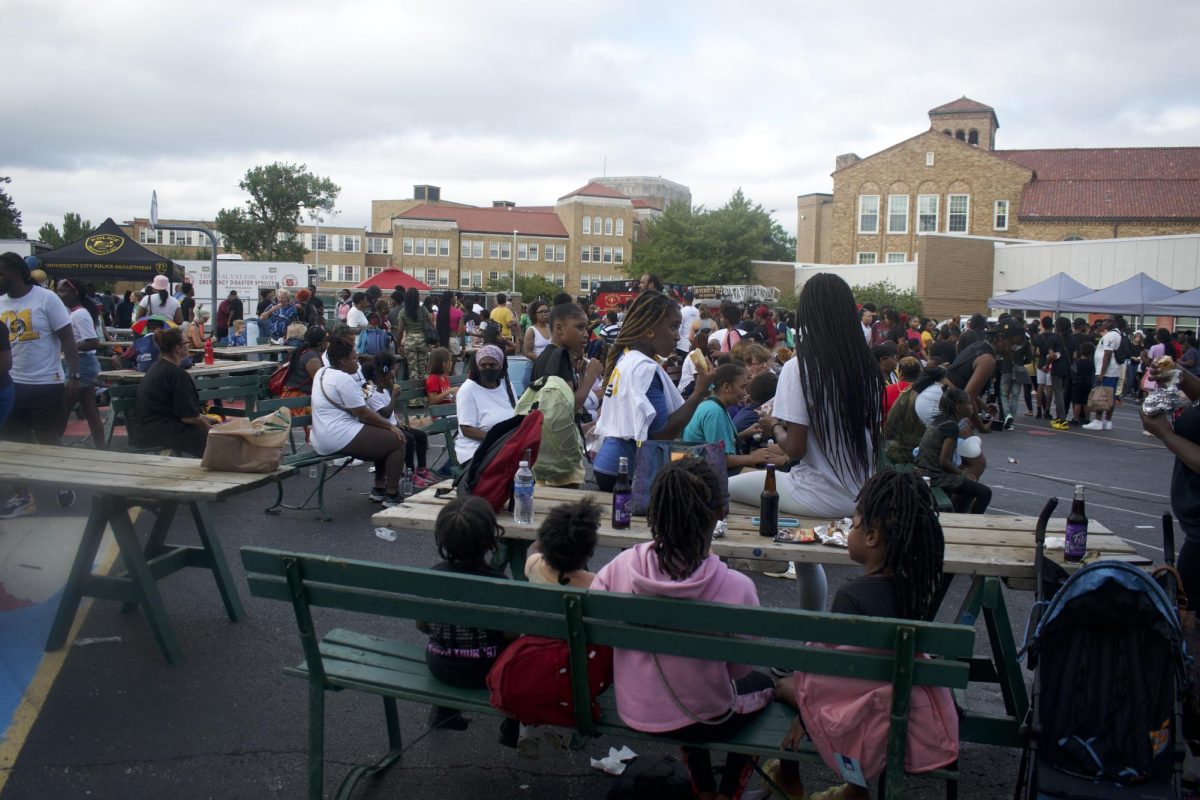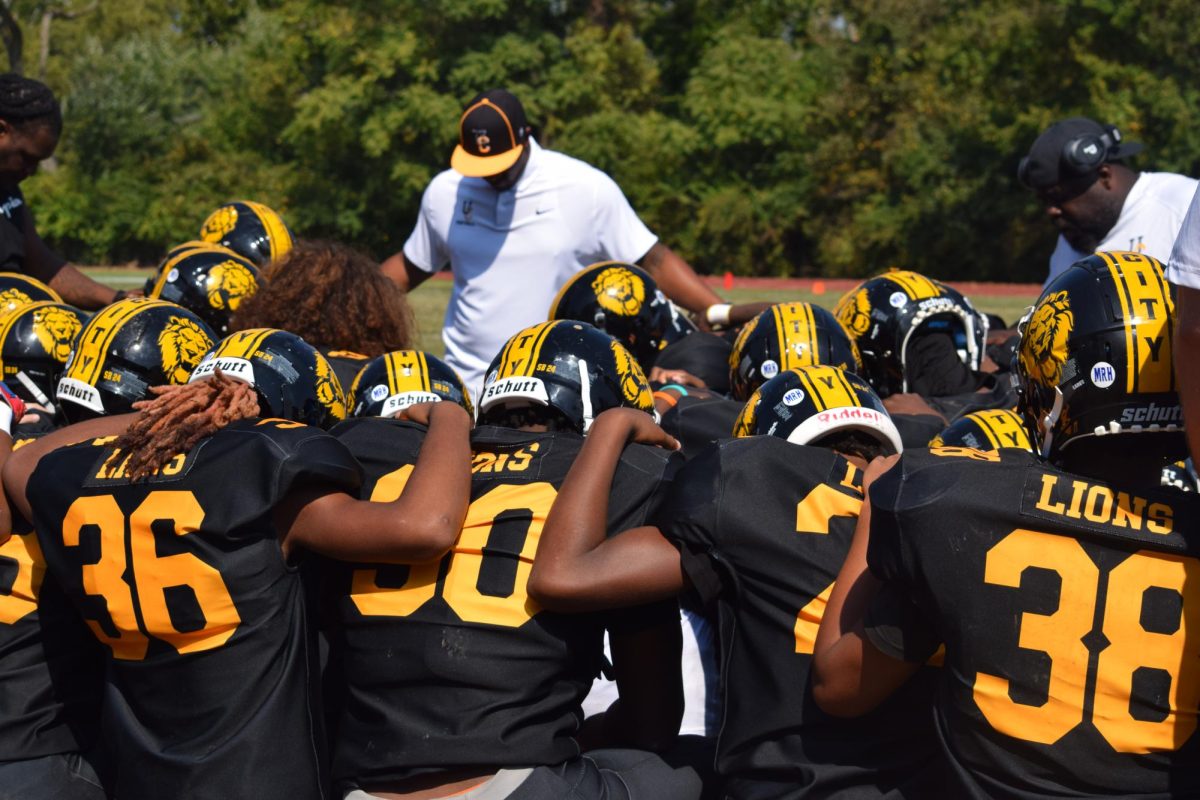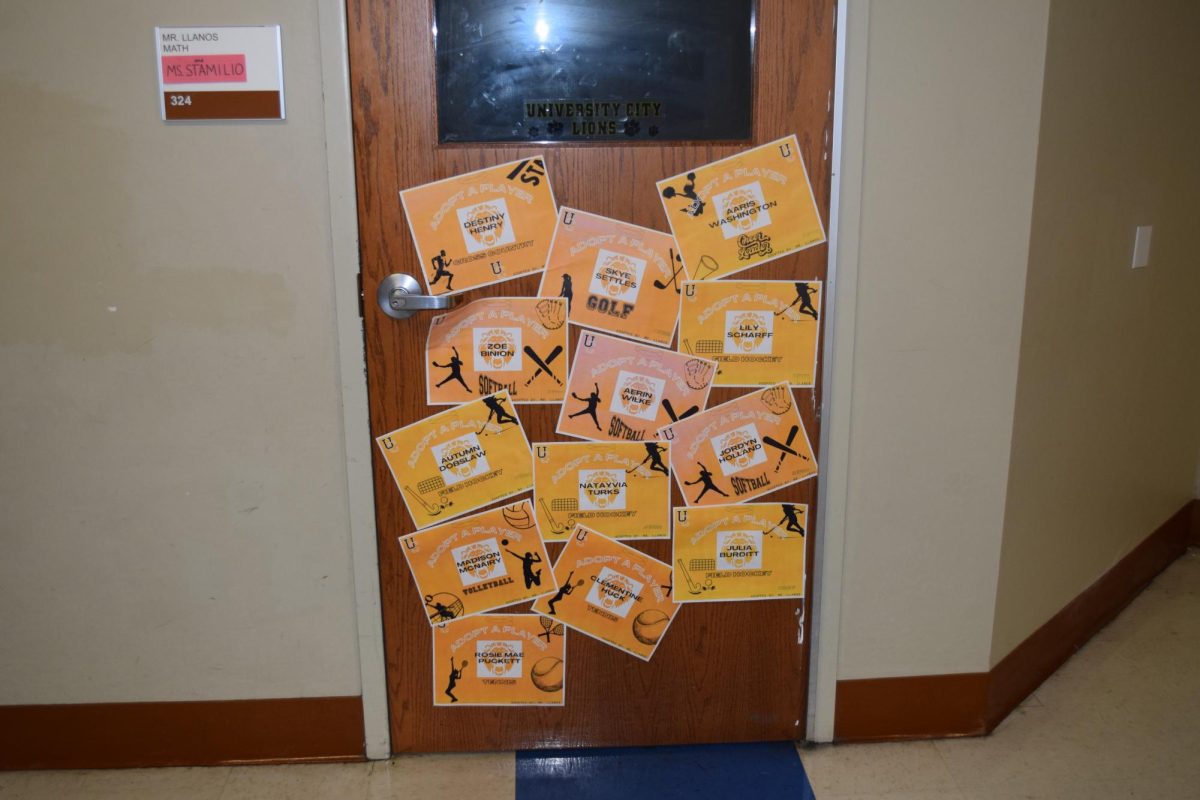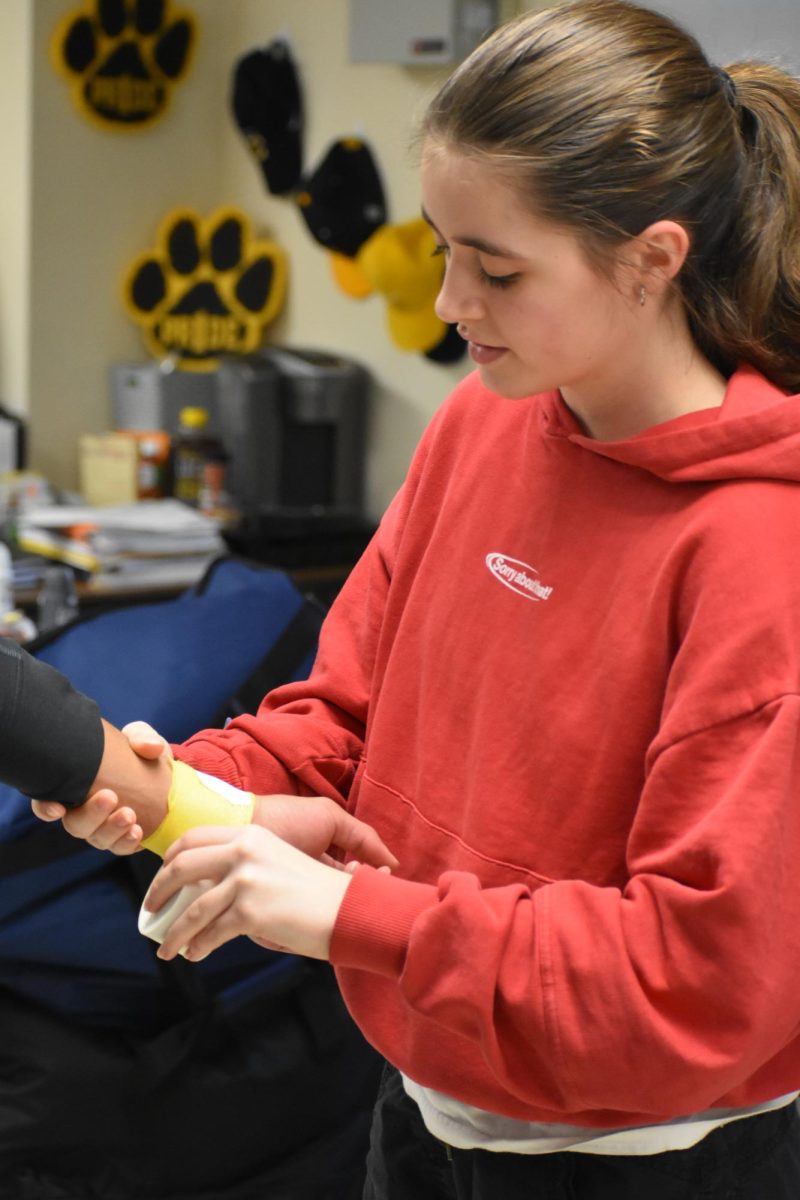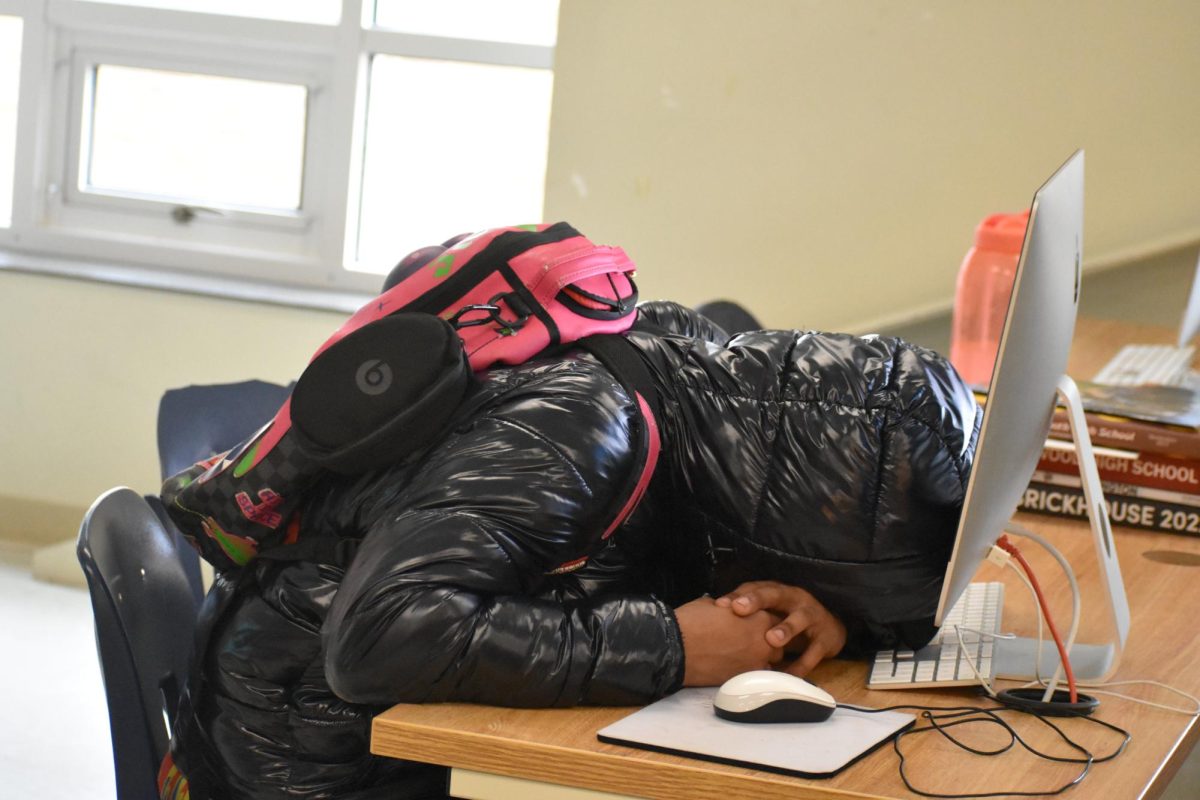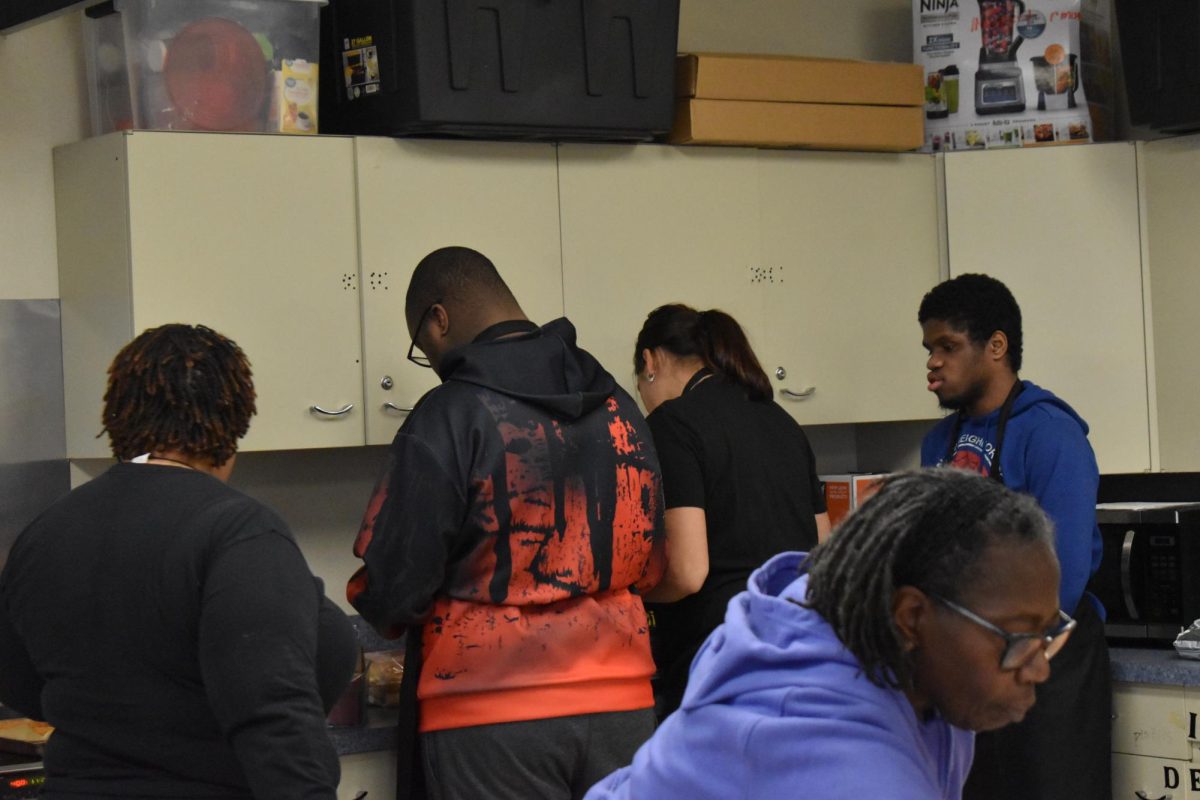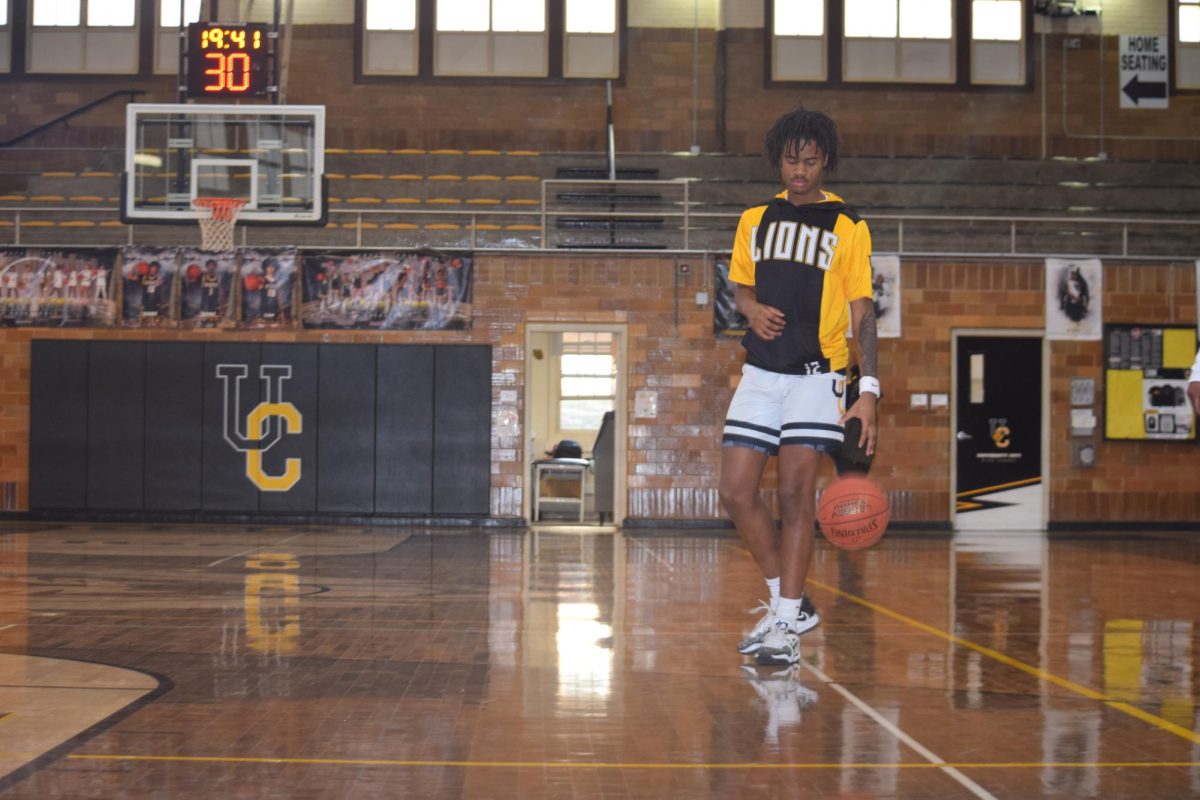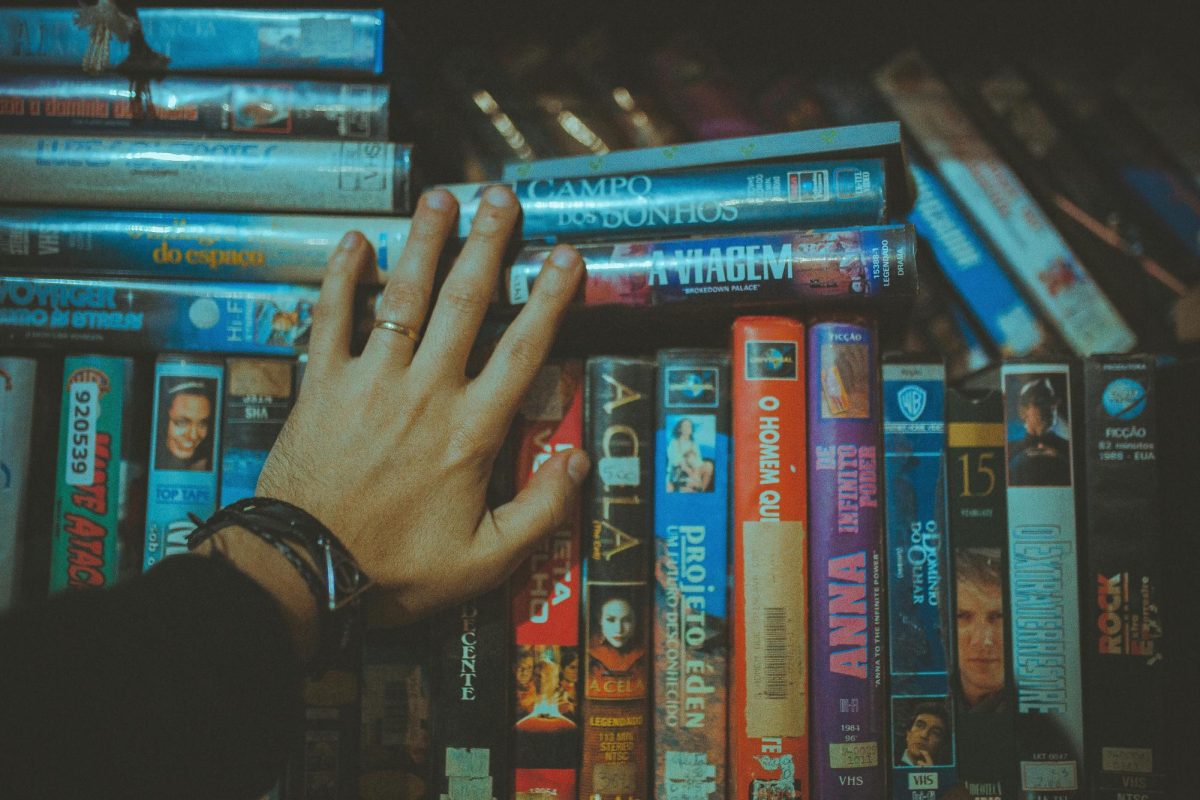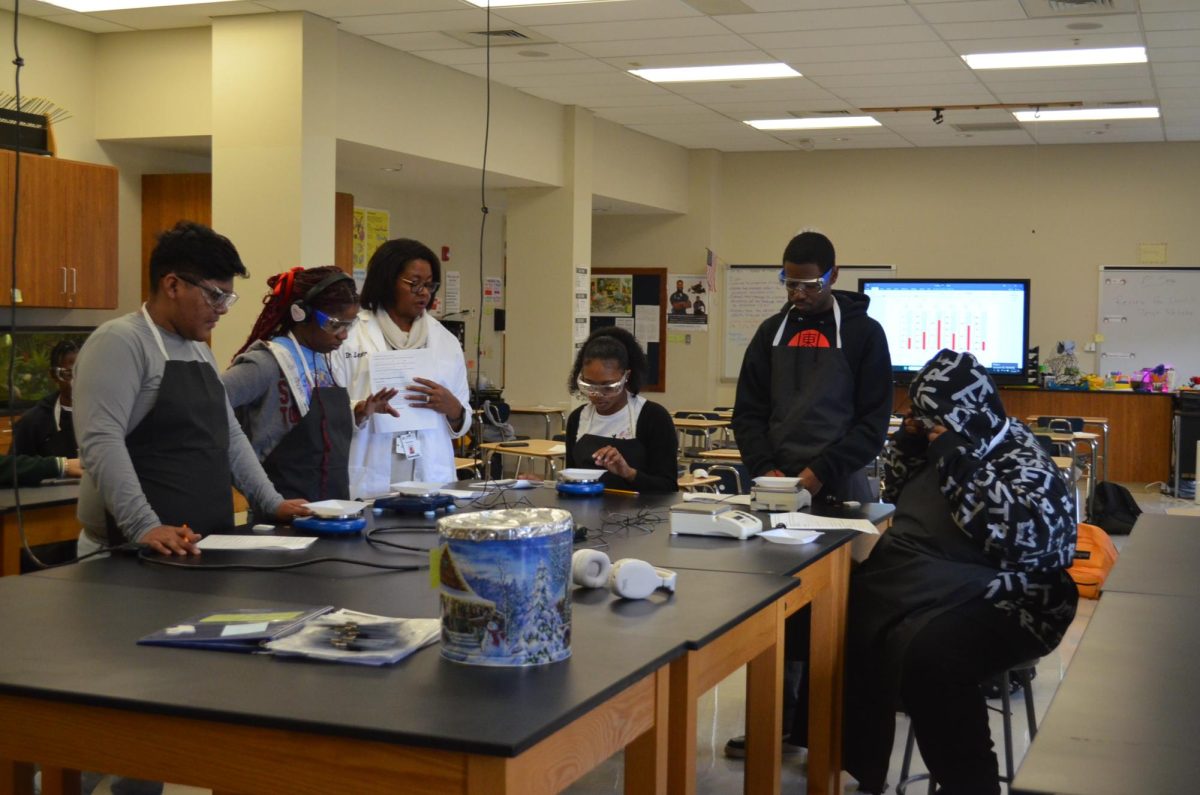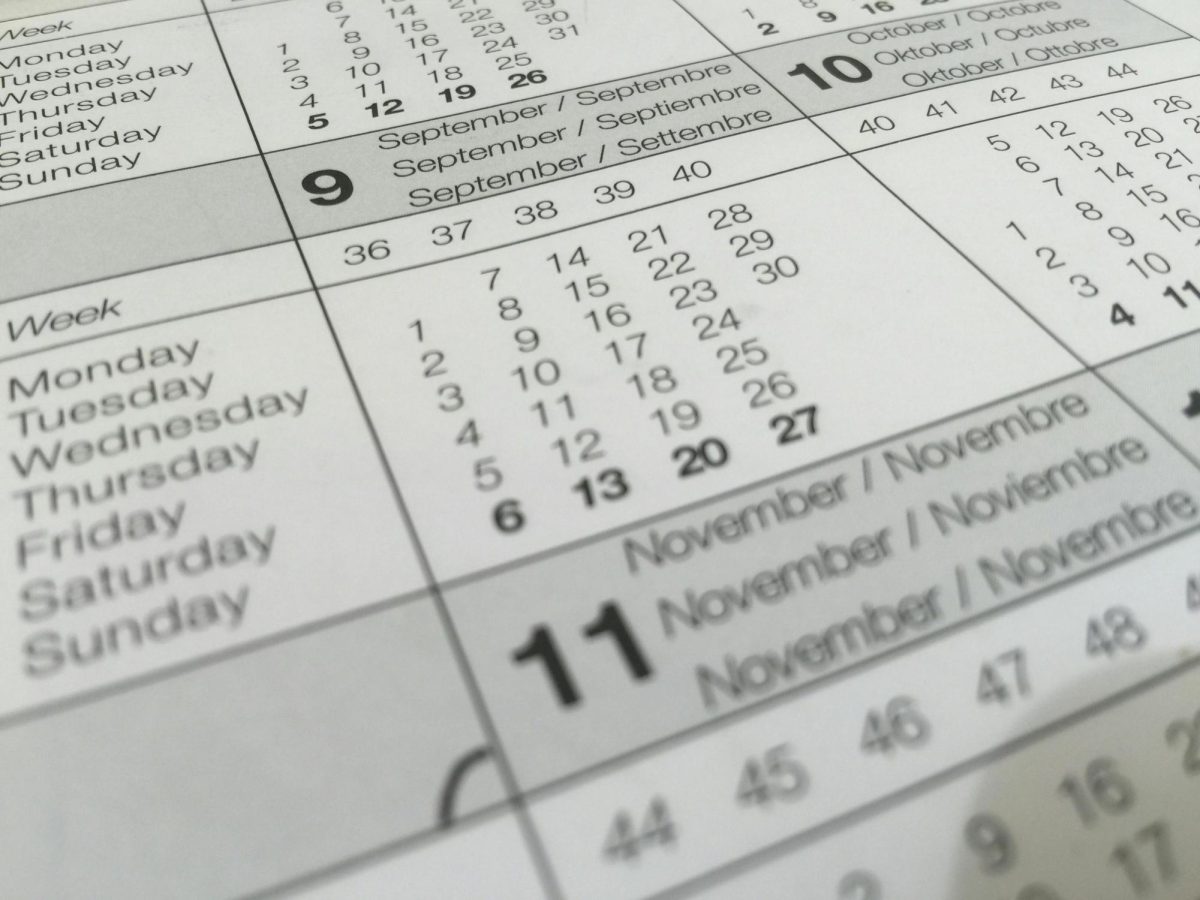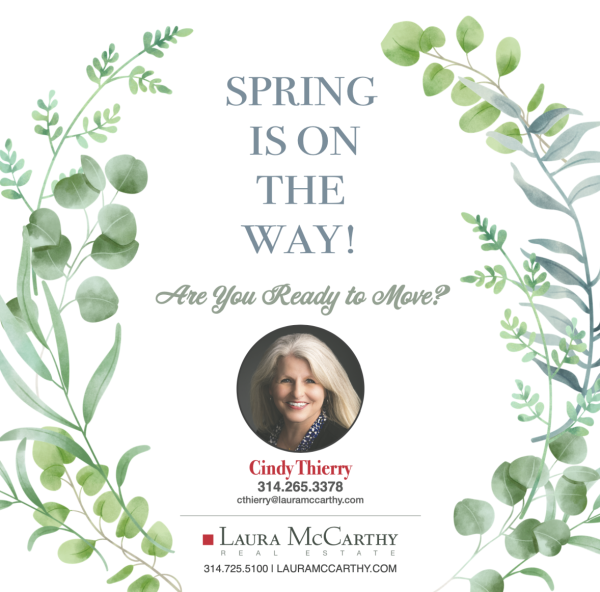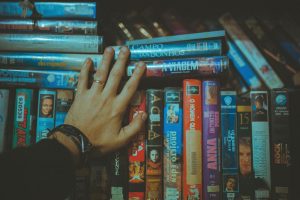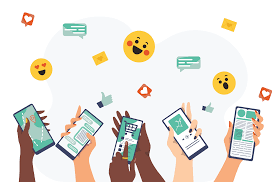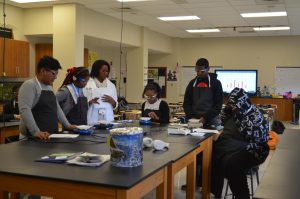Coronavirus: facts vs fiction
April 24, 2020
In this age of social media, it’s easy for rumors to spread. Every big news story comes with a number of them, so there’s no surprise that the biggest news story in generations is surrounded by myths.
Myth: Black people cannot get COVID-19.
Facts: Genetically, all races are equally susceptible to the virus.
While this quickly came to be known as false, as in many areas, black people have made up a majority of the deaths, many people still don’t understand the origin of the myth, and even why predominantly black communities have been hit harder.
As the COVID-19 virus initially began to spread in the United States, social media sites were full of posts saying that black people could not contract the virus due to an increased amount of melanin in their skin. It’s now been seen that in places such as St. Louis, black people make up the majority of cases and deaths. However, this doesn’t mean it’s time to start telling people that the black people are GENETICALLY more susceptible to the virus.
Due to the United States being built by oppression and racism, there are still systems in place that put black people at a socioeconomic disadvantage. This plays a huge role in access to healthcare. With that, predominantly black communities generally see higher rates of conditions such as heart disease and asthma, which all negatively impact the body’s ability to fight COVID-19. Decreased access to healthcare also greatly limits the availability of effective treatment. While the virus itself doesn’t discriminate, the systems in place put black people at a significant disadvantage.
Myth: Breaking social distancing rules to see one or two people isn’t a big deal.
Facts: Every single person plays a role in containing the spread of COVID-19.
In many places, social distancing rules have been in place for about a month. That’s a difficult amount of time to go without seeing your friends, boyfriend, girlfriend, or even sometimes your family, and unfortunately, there’s more of that to come. Despite stay-at-home orders, many people are coming at the situation with the idea of “it’s just one person, so what’s the big deal?”.
The issue is that you both still have people at home you interact with, who may even have other people they have to interact with. Say one of your parents is an essential worker: they still interact with a number of people on a daily basis, all of whom do the same. If they interact with as little as 10 people everyday who all do the same, that’s 100 people put at risk if you give them the virus from hanging out with someone, not to mention you could get it from them and do the opposite. And even if you’ve both been quarantined, activities such as getting the mail and ordering takeout are ways to contract the virus. You could get it, remain asymptomatic, as many people do, and pass it on. It’s important to remember that one weak link can break the chain.
Myth: Members of the LGBTQ+ community are at a higher risk of larger complications due to COVID-19.
Facts: People with HIV/AIDS, a disease that labels people as higher risk, is more prevalent in the LGBTQ+ community.
COVID-19 is a virus, it does not have a brain to tell who is gay and who is straight. An able-bodied straight man and an able-bodied gay man walking down the street are equally likely to contract and die from the virus.
However, the HIV/AIDS epidemic hit the LGBTQ+ community much harder than it did others. While having the illness doesn’t mean you’re at any higher risk of contracting the virus, it causes some people to be immunocompromised, meaning their bodies have a much harder time fighting it off.
It’s important to make sure your news sources are reliable. While Twitter and Instagram are not always incorrect, they’re breeding places for myths and rumors.

